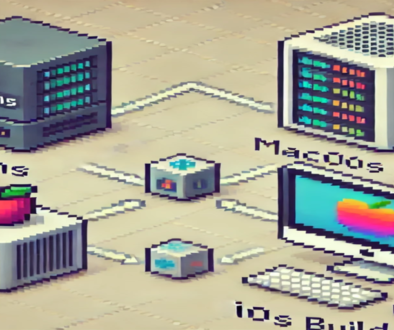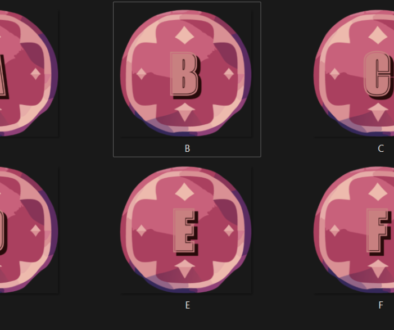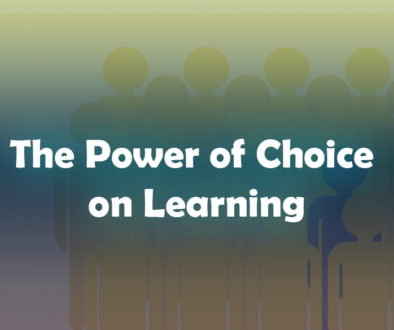Making your first Educational game
Building an educational game is more difficult than building a game without a purpose. Because you are attempting to do two things at once, both become more difficult. You might want to start by making a normal game or two, maybe choosing one that has educational benefits but is not designed to teach the user a particular topic. Games like that include word searching like Boggle®, or a spelling games like Scrabble®, or games that include math such as Yatzee® might be a good choice. Choosing an existing game with rules makes the challenge of making a game fun much easier. You know you have a playable game before you start and it still has some educational value. If you decide to make an educational game, here are some things I found to be important when designing an educational game.
Make it pleasantly frustrating
When deciding to make a game, of any sort, it is important to set a reasonable goal for yourself, one that you can accomplish. This is true of your game making, and it is also true for the player. James Paul Gee calls that type of a problem, one that is difficult but that you can see how to achieve it, a “Pleasantly Frustrating” problem. You should make your first game a pleasantly frustrating project for you and your players!
Resources
Choose a topic you know
Everything that was mentioned in the post about making your first game, is also true of making your first Educational Game. For example, playing to your strengths. If you do not have a strong background in math, why choose to make a complex math game? Instead, choose what you know well.
I do think that choosing a topic that you do not know well will help you learn it, one of the best ways to master a topic is to learn to teach it. However, for your first game, that might be more than you should attempt. Learning something new, while learning to make a game can be overwhelming. Start with something you know well so that you can finish making your game.
Make it engaging
Engaging games are much more likely to keep the student’s attention as well as keep them using it over and over. If the game is not fun, or interesting to the student, and they do not complete it or spend time with it, then all your hard work on the game will not end up teaching the students what you wanted them to learn. It is critical to make your game engaging for the players.
Resources
- How to Roll Out Game-Based Learning
- Game Engagement Theory and Adult Learning
- Learning to Increase Learner Engagement – the opening video is still good even if you do not have access to Lynda.com®.
Learn about teaching
Many educational games can be made without knowing much about the science of teaching, for instance, you can probably create a learning colors game without knowing much about how people learn. This is possible because you already have your own learning strategies that you can apply. But it is a great idea to learn about how people learn first. That will make your games much more powerful tools. Never underestimate what you can learn by learning to create educational materials.
Resources
Go build it!
I highly recommend that you complete this course, it has the remaining James Paul Gee videos and some more information as well. You can see it in this online course. But do not spend too much time on it, get started making that game! The faster you start, the sooner you finish. Good Luck, and Have Fun!



